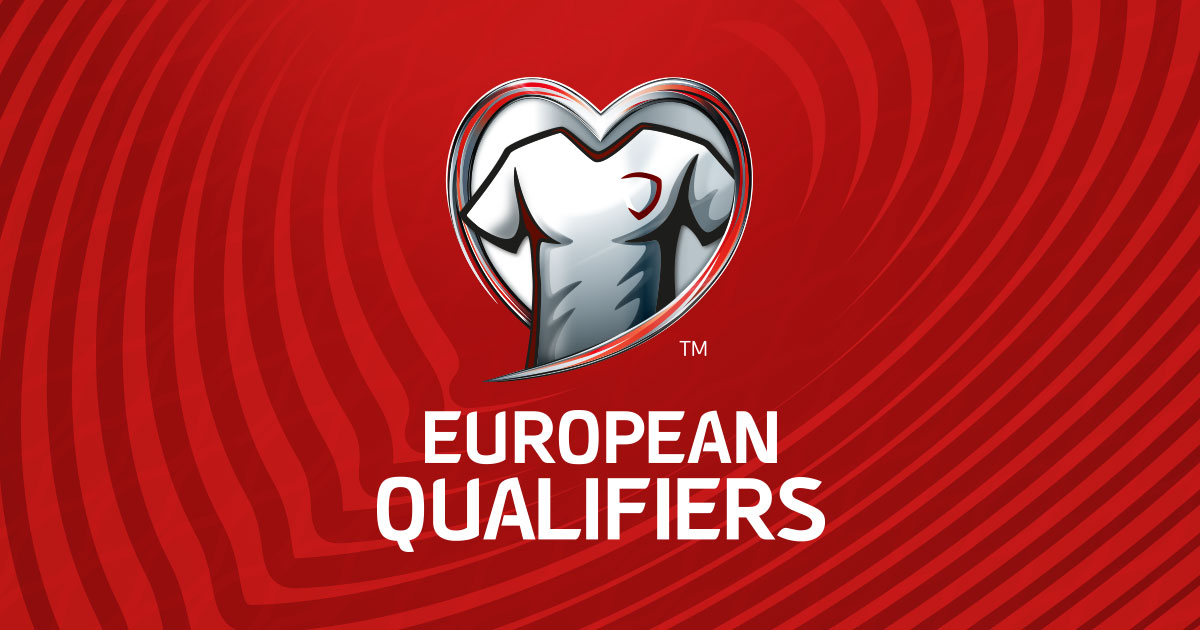
The South American Football Confederation has confirmed that the final of the Copa Libertadores, its premier club tournament, will return to the national stadium in Lima, Peru, for the first time since 2019. The match is expected to draw a capacity crowd of over 55,000 spectators and reach a projected global audience of 180 million. Commercial analysts describe the move as a strategic “dress rehearsal” for the expanded Club World Cup 2029, offering rights-holders, sponsors and technology partners a real-time testing ground for next-generation engagement formats. Early forecasts suggest broadcast revenue could rise by 17 % year-on-year, fuelled by the sale of exclusive over-the-top packages tailored to four global time zones. The confederation’s competitions director told reporters that the single-match format “has evolved into a global premium product,” noting a 42 % surge in average-minute audience since the structure change five seasons ago. Stadium preparations are already under way, with contractors installing 5G repeaters to support real-time data feeds and interactive second-screen features for in-stadium fans. That mirrors how services offering Football Live Betting Today in Ireland tie revenue share to real-time interaction, ensuring both rights-holder and operator benefit when viewers stay glued to the feed.
Broadcast Economics: Why OTT Is the Real Trophy
The confederation’s media unit has bundled domestic and international streaming rights into a tiered model that rewards platforms for subscriber growth and watch-time milestones. Under the new framework, digital partners must hit engagement thresholds—average-minute audience, unique chats per stream, and so on—to unlock bonuses. OTT distributors anticipate a spike in concurrent streams thanks to geo-targeted kick-off times and multi-language commentary layers. For advertisers, the more granular data set allows dynamic ad insertion that can be swapped mid-match based on live metrics. Media-rights trackers estimate that the final will generate the confederation’s first eight-figure digital contract, eclipsing the 2024 record by roughly 12 %.
Sponsor Playbook: Five Activations Driving the Hype:
- Tokenised Collectibles: Limited-edition digital tickets that double as loyalty rewards and can be traded on secondary markets.
- Real-Time Odds Overlays: Betting partners integrate probabilistic graphics into the main broadcast feed during VAR checks.
- 5G Fan Zones: On-site experiences where supporters test augmented-reality replays and compete in skill challenges tracked by motion sensors.
- Creator Cam Seats: Social-media influencers stream warm-ups and tunnel walks to vertical video platforms, expanding reach among Gen Z.
- Sustainability Dashboards: Energy sponsors display live metrics on carbon-offset contributions linked to each concession-stand purchase.
Activation managers project that these initiatives will add at least 7 % to aggregate sponsor media value, mainly through social amplification and opt-in data capture.
Stadium Readiness and Match-Day Logistics
Work crews have started a fast-track refurbishment focusing on spectator flow, contactless payments and mixed-reality signage. The venue’s upgraded lighting rig can now switch colour palettes in under two seconds, enabling coordinated “goal celebrations” that sync with television graphics. Crowd-management software, tested during domestic fixtures, will allocate entry gates dynamically to reduce bottlenecks and cut average queue time below the five-minute benchmark. As site https://www.sportsnewsireland.com/soccer/liverpool-the-pride-of-fans-a-club-that-doesnt-know-how-to-lose-gracefully points out when discussing Liverpool’s unbreakable character, the modern stadium is not only a venue for matches, but also a place where collective emotions are amplified with every fan-focused technological improvement.
Organisers also confirmed a multi-layer security protocol that pairs facial-recognition gates with AI-driven behaviour analytics inside the bowl, aiming to identify potential flare points before they escalate. Ticket-holders will receive staggered arrival slots via push notification, smoothing peak traffic on public-transport links.
Competitive Stakes and Club World Cup Implications
The finalists will not only compete for continental bragging rights but also secure coefficient points that influence seeding for the 2029 global tournament. Under the new ranking formula, a victory in regulation time adds 3.5 coefficient units, while a penalty-shootout win credits 2.8. Club executives see the final as a cost-effective platform to showcase academy talent; scouts from five top-ten leagues have confirmed attendance, hoping to identify prospects before transfer fees spike in the post-tournament window.
Coaches must balance local glory with long-term planning: the calendar squeeze means players will have only 14 rest days before pre-season tours. Sports-science staff plan to deploy micro-dosing fitness regimes and sleep-cycle manipulation to mitigate travel fatigue.
Metrics That Matter for 2029
The confederation will pilot an advanced tracking suite that records limb-level coordinates at 60 Hz, generating 5 million datapoints per match. These feeds will inform a public “performance index” ranking the top players across speed, decision-making latency and pressing efficiency. Clubs that consent to share raw telemetry receive gamified fan dashboards and bespoke injury-risk reports. Analysts predict that such transparency will set a precedent for the Club World Cup, where universal data standards are still under negotiation.







